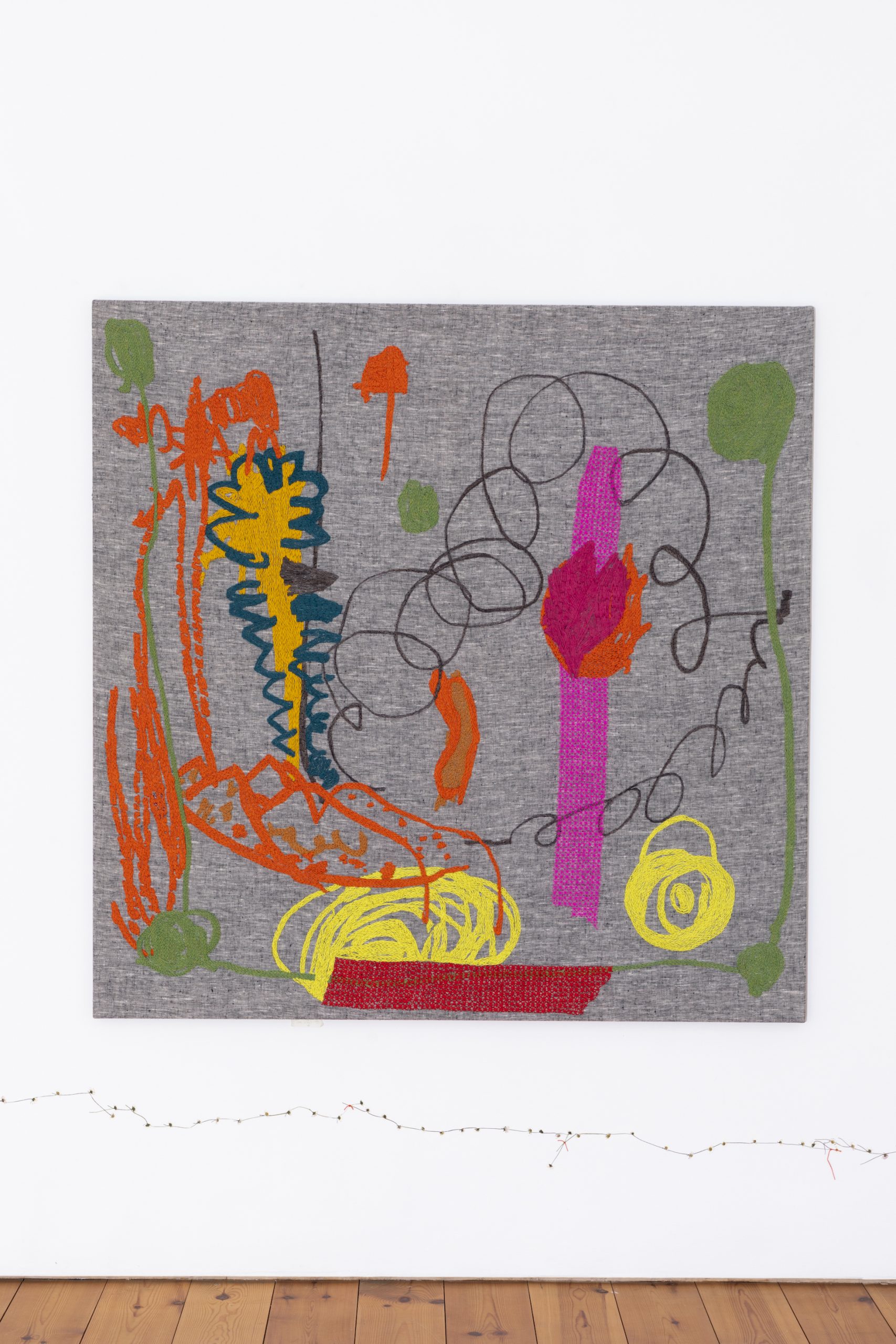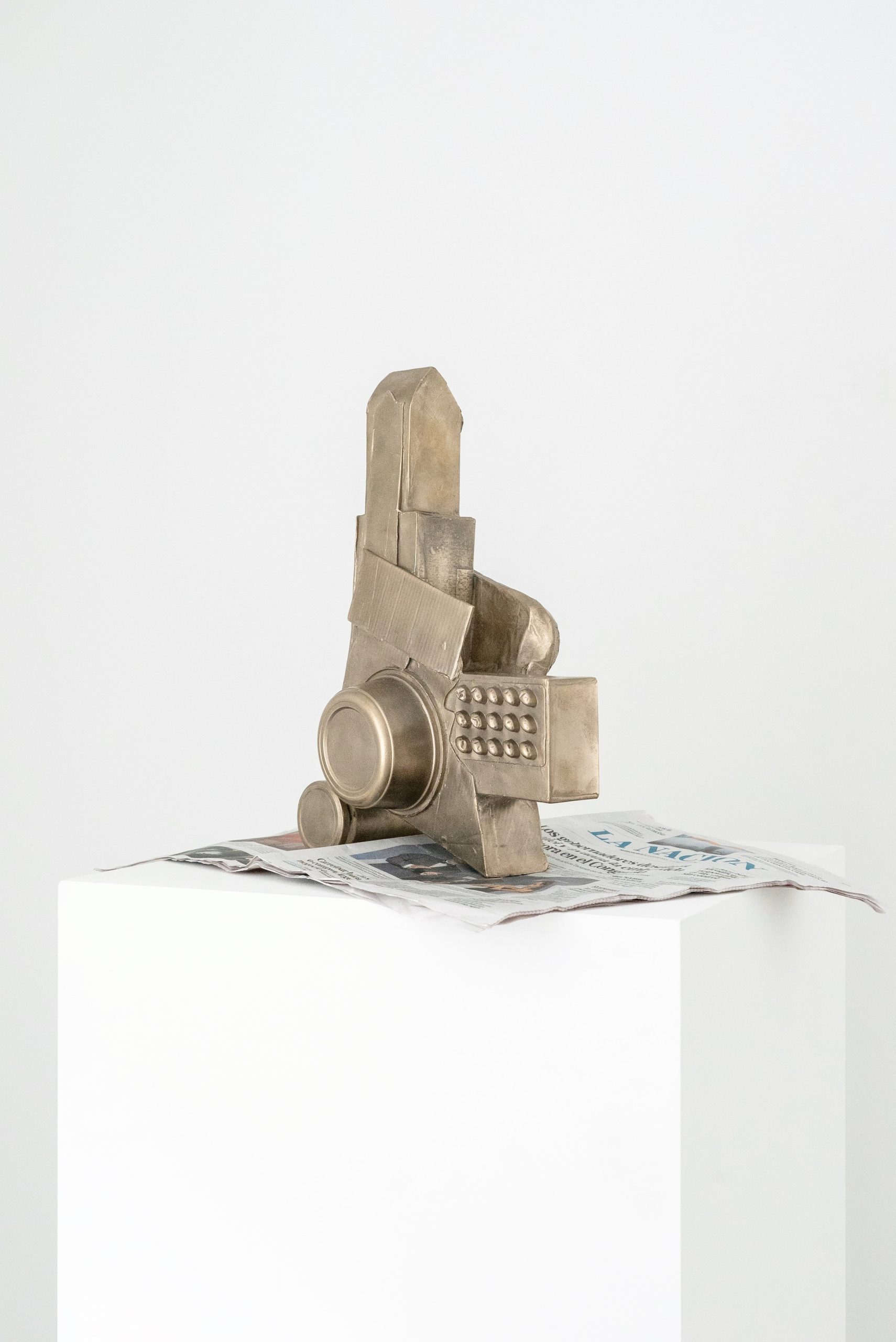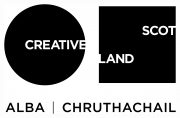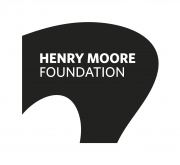Amalia Pica
Keepsake
4 October – 14 December 2025
Open Thurs-Sun, 11am-4pm
Or by appointment outside of those times
Entry is free – all are welcome
The exhibition is wheelchair accessible
Download the exhibition card here
Download the exhibition booklet here
Download the press release here
Download the exhibition floorplan

Artist talk: Amalia Pica
Sat 6 December 2025, 2-3pm
Free, but booking required
Join us for some seasonal refreshments!
We will be arranging transport from Dumfries Train Station to Cample on the day. Please email or call us if you would like to book a seat: info@campleline.org.uk | 01848 331 000
This autumn, CAMPLE LINE is delighted to present Keepsake, an exhibition of new work by Argentinian artist Amalia Pica, in which she continues her exploration of longstanding interests: early years education, history and memory-making, material culture, shared action, collective enjoyment and forms of common knowledge. The exhibition will open on 4 October and run until 14 December.
Pica was born in Argentina and has lived and worked in London since 2008, exhibiting widely internationally over the last twenty years. Her practice is diverse, encompassing sculpture, drawing, performance, video and installation, and often taking the form of temporary interventions or sculptural assemblages that draw viewers into collaboration or conversation. Pica has said about her work: ‘I think about what links my work together more as a constellation than a progression. I’m constantly pulling from an array of strings.’
Pica’s wider practice has often focused on communication and the many ways we try to make ourselves understood to one another and share meaning often across different cultural contexts. Using simple materials and found objects, her work frequently investigates moments of shared sentiment or common cause – working, playing, remembering, learning, protesting, resisting, commemorating or celebrating together – and the political potential of joy. Banners, placards and bunting regularly feature in her work, as do souvenirs, paperweights, trinkets and objects that become vessels for personal meaning. She has also described her practice as, in part, ‘a quest for what other people know too.’
Keepsake brings together a group of embroideries on linen with a new sculptural work in bronze, a collaboratively-made installation of pressed daisy chains, and One hundred and thirty-four years of smoke, a work that Pica is developing with filmmaker Rafael Ortega that comprises a still life painting of 1891 that Ortega found at a car boot sale in east London and a two channel video work.
Seemingly disparate, these works each have a basis in some aspect of Pica’s life – ‘me being Argentinian, me being a mum, me having been an art teacher’ – though not in any specific or anecdotal way: ‘I am someone who works from the world. I don’t make worlds myself. I’m constantly looking around and finding or drawing on things.’

Amalia Pica, Keepsake #15, 2025, cotton and wool on linen, 122 hours, 135 x 135 cm, with detail of Communal Daisy Chain, 2025, pressed daisies, flour paste and cotton thread. Photo: Mike Bolam. Courtesy of the artist and Herald St, London

Amalia Pica, Keepsake #15, 2025, cotton and wool on linen, 122 hours, 135 x 135 cm, with detail of Communal Daisy Chain, 2025, pressed daisies, flour paste and cotton thread (above); Another One’s Treasure, 2025, bronze, newspaper, 40 x 30 x 17cm (below). Photos: Mike Bolam. Courtesy of the artist and Herald St, London
Amalia Pica was born in 1978 in Neuquén, Argentina and currently lives and works in London. The artist received a BA from the Escuela Nacional de Bellas Artes P.P. in Buenos Aires in 2003 and attended graduate school at the Rijksakademie van beeldende kunsten in Amsterdam.
Amalia Pica was born in 1978 in Neuquén, Argentina and currently lives and works in London. The artist received a BA from the Escuela Nacional de Bellas Artes P.P. in Buenos Aires in 2003 and attended graduate school at the Rijksakademie van beeldende kunsten in Amsterdam.
She has had solo exhibitions at Tanya Bonakdar Gallery, New York (2024); Museo Jumex, Mexico City (2023); Fondazione Memmo, Rome (2022); Brighton CCA (2022); Museum Haus Konstruktiv, Zurich (2020); Centro Andaluz de Arte Contemporáneo, Seville, Spain (2019); The New Art Gallery, Walsall, UK (2019); Perth Institute of Contemporary Art, Perth, Australia (2018); The Power Plant, Toronto (2017); NC Arte, Bogotá, Colombia (2017); Kunstverein Freiburg, Freiburg, Germany (2016); Van Abbemuseum, Eindhoven, The Netherlands (2014); List Visual Arts Center, MIT, Cambridge, Massachusetts (2013); Museo Tamayo Arte Contemporáneo, Mexico City (2013); Museum of Contemporary Art, Chicago (2013); Museo Nacional de Bellas Artes, Neuquén, Argentina (2013); Kunsthalle St. Gallen, St. Gallen, Switzerland (2012); Chisenhale Gallery, London (2012); Malmo Konsthall, Malmo, Sweden (2010); among many others.
Her work was included in the Gwangju Biennial, South Korea (2016); The Ungovernables: New Museum Triennial, New Museum of Contemporary Art, New York (2015); and ILLUMInations, curated by Bice Curiger, 54th Venice Biennale (2011). Public commissions include University of North Carolina, North Carolina; Semaphores, King’s Cross, London; and Sipping colors, De Pijp Station, Amsterdam. She received the Zürich Art Prize (2020); Paul Hamlyn Foundation Award (2011) amongst other awards. She has had residencies at the Boulder Museum of Contemporary Art, Boulder, Colorado (2017); Headlands Center for the Arts, Sausalito, California (2012); Uqbar Foundation at Casa Vecina, Mexico City (2011); Markus Lennikus, Baeurmarkt 9, Vienna (2010); and BijlmAIR, Centrum Beeldende Kunst Zuidoost, Stedelijk Museum Bureau, Amsterdam (2007).
Keepsake is supported by Creative Scotland and the Henry Moore Foundation. A newly commissioned essay by Alejandra Aguado, a curator based in Buenos Aires, will accompany the exhibition.


